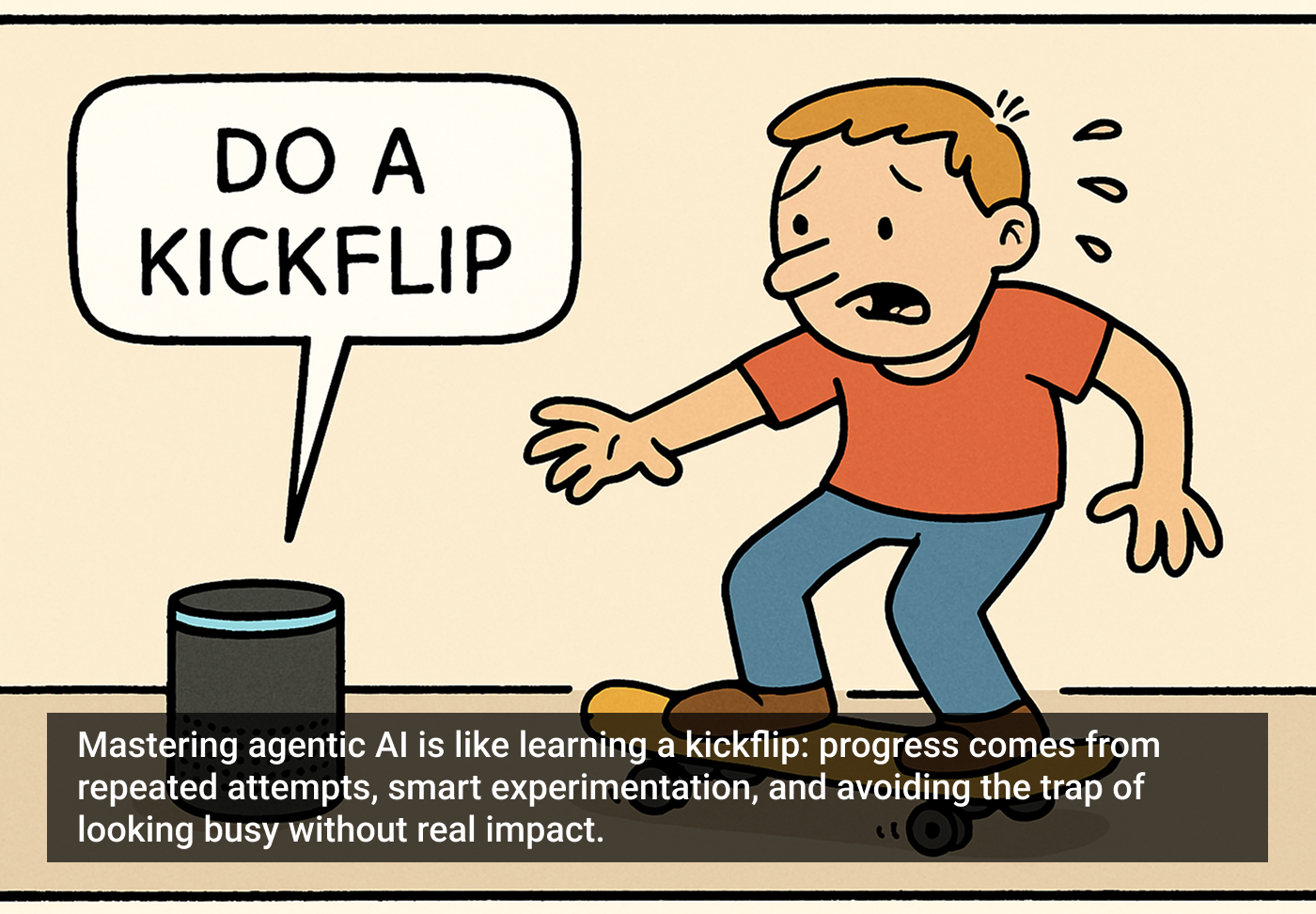When we think about designers, two main characteristics often come to mind: craft skills and taste. Craft skills are the technical abilities that allow designers to manipulate tools — whether physical, like pen and paper in the early days, or digital design software like Photoshop and Figma today — to create their desired output. Taste, on the other hand, is the ability to perceive and refine quality in design, guiding the look and feel of an output toward something that feels refined and cohesive.
Designers have traditionally been valued not only for their expertise with tools but also for their unique aesthetic judgments, which bring ideas to life in ways that resonate with audiences. It’s not enough just to use the tools well; designers need the discernment to make decisions about colours, layouts, typography, and flow in order to transform a rough concept into a polished product. However, while many people have an innate sense of taste and quality, they may lack the technical proficiency to translate those ideas into a design accurately — until recently, that is.
With the emergence of advanced design systems and large language models (LLMs), we’re seeing a dramatic shift in the design landscape. This technology is democratising access to design, enabling individuals with limited craft skills to execute their ideas more precisely. This shift is opening doors for non-designers to step into the design process while also freeing up designers to focus on more strategic and creative work.
The rise of design systems
Design systems have become an essential tool for maintaining consistency and efficiency in modern design workflows. The key impact of design systems is that they streamline and standardise certain aspects of design, meaning designers no longer have to create every element from scratch. But this also means that non-designers or people without advanced design skills can use these pre-built components to put together a reasonable and even aesthetically pleasing design. By breaking down the complexities of design into structured elements, design systems lower the barrier to creating quality design outputs. Individuals who once struggled with translating their vision into a professional-grade design can now leverage these systems to achieve outcomes that were previously beyond their reach.
Large language models (LLMs) and AI in design
While design systems have primarily streamlined the visual aspects of design, large language models like GPT-4 have introduced new capabilities in terms of ideation, content creation, and design assistance. LLMs can interpret, generate, and even refine content based on a wide range of prompts, making them valuable assets for brainstorming design ideas, exploring aesthetic trends, or producing design mock-ups.
These AI models can recognise and emulate patterns in design. This enables people who may lack technical training to turn a conceptual idea into a visual draft, essentially bypassing the need for extensive design skills. LLMs are capable of generating suggested layouts, recommending colour schemes, or even suggesting UX patterns. For designers, this automation can accelerate the process of prototyping or wireframing, allowing more time to focus on the creative aspects of a project.
Join the UX Magazine Community!
Dive into exclusive articles, podcast episodes, whitepapers, and more on the cutting-edge of AI and automation. Stay ahead of the trends reshaping industries.
Become a memberThe designer as curator
As craft skills become less of a distinguishing factor in design, we may see designers transitioning into roles more akin to editors than creators. With an abundance of AI-generated design options at their fingertips, designers will be expected to curate, refine, and select from these diverse offerings rather than create everything from scratch. This shift can lead to a more strategic and high-level approach to design, where the ability to discern quality and ensure alignment with user needs becomes paramount.
However, herein lies a significant risk: as the barriers to entry continue to lower, the realm of design becomes increasingly accessible not only to aspiring designers but also to professionals from other disciplines — marketers, advertising executives, product managers, and more. With these individuals leveraging AI tools and design systems, the design landscape may become crowded, blurring the lines between specialised design expertise and generalist skills.
The risks of democratisation
The most significant consequence of these advancements is the democratisation of design. People who once felt limited by their technical abilities can now experiment with design more freely. This could mean that business owners, marketers, or product managers can develop preliminary designs themselves, creating a faster initial turnaround.
However, with democratisation comes the challenge of quality control. While non-designers can use design systems and AI tools to produce designs, they may lack the critical eye needed to discern whether a design truly achieves its intended effect. Good design is not simply about assembling visual components; it’s about knowing how those components come together to communicate effectively and evoke the right responses from the audience.
For seasoned designers, this shift can be both empowering and concerning. On the one hand, they have tools that allow them to work more efficiently, explore new creative possibilities, and offload routine tasks to AI or non-designers using design systems. On the other hand, the unique value that designers bring — their craft and taste — is at risk of being diluted if anyone can create “good enough” designs with automated tools.
The evolving role of designers
As design systems and LLMs continue to mature, the role of the designer is evolving from a hands-on creator to a strategic leader. The need for designers to invest deeply in craft skills will likely lessen over time as tools become more intuitive and accessible. This doesn’t mean that designers are being replaced; rather, their roles are shifting. Designers are moving into positions where their value lies in overseeing and enhancing the quality of work created with these new tools, directing the high-level vision, and ensuring alignment with brand values and user needs.
Moreover, designers are becoming essential voices in ethical considerations surrounding AI and automated design systems. As design tools become more powerful and accessible, it will be crucial for designers to address questions around authenticity, creativity, and quality standards. Designers will increasingly be seen as arbiters of taste and ethics within a landscape where anyone can create a design, but not everyone can discern what makes it meaningful.
The article originally appeared on andybudd.com.
Featured image courtesy: Andy Budd.







